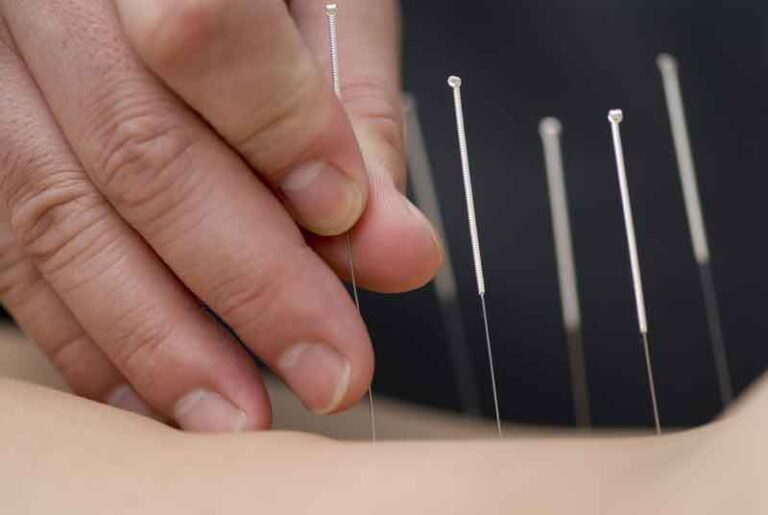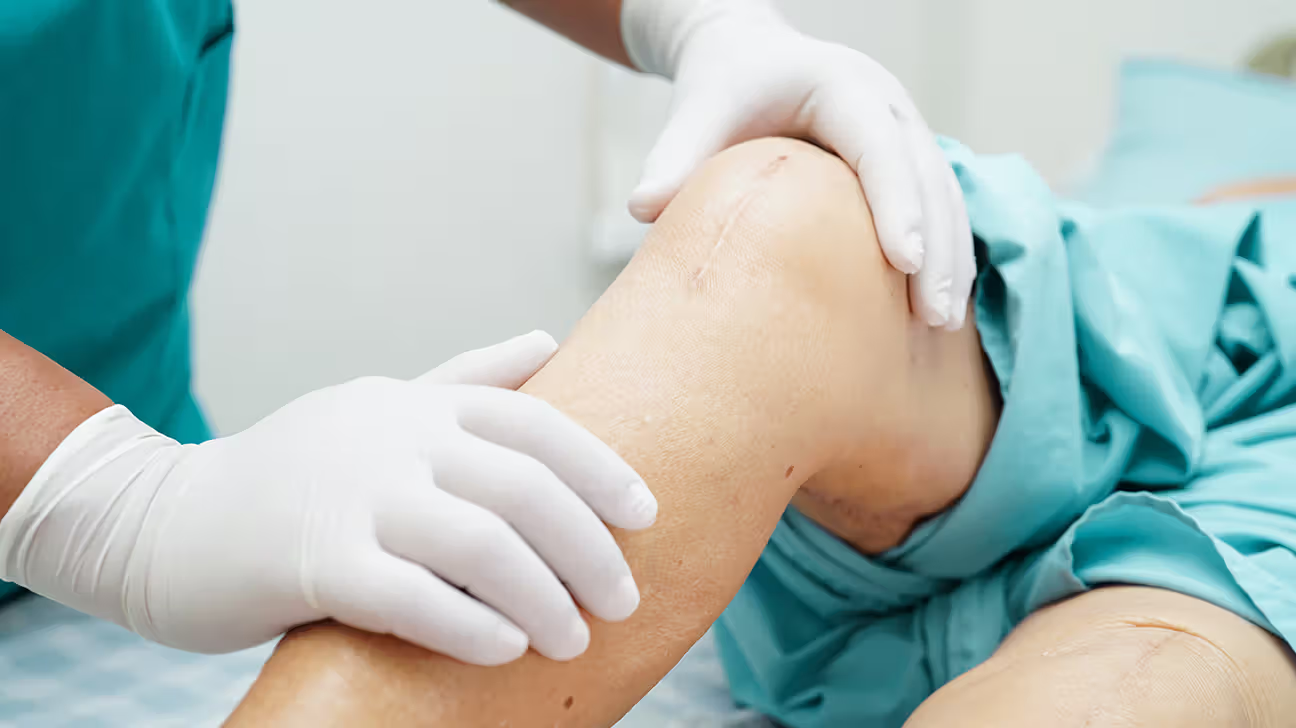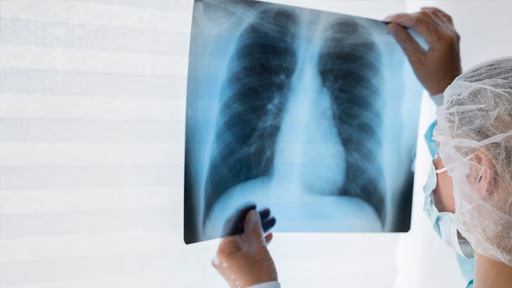Dry Needling Treatment has emerged as a cutting-edge approach to managing musculoskeletal pain and speeding recovery. As athletes, desk workers, and chronic pain sufferers alike seek effective solutions, this evidence-based therapy draws attention for its targeted relief and minimal downtime. Distinctly different from traditional acupuncture, Dry Needling Treatment harnesses modern Western medical principles to deactivate trigger points, restore muscle function, and promote healing. Whether you’ve heard about it from a friend or read about it online, understanding what happens during a session, who is qualified to perform it, and which conditions it addresses can help you make an informed decision about whether this therapy is right for you.
What is Dry Needling?
Dry Needling Treatment involves the insertion of a thin, sterile monofilament needle—devoid of any medication—directly into muscle tissue, connective tissue, or periosteum. Developed as a Western-medicine adaptation for addressing myofascial trigger points, this technique allows therapists to target tight bands of muscle fibers that refer pain to other areas of the body. Doctors of Physical Therapy and licensed physicians receive specialized postgraduate training in dry needling protocols and anatomy, equipping them to identify dysfunctions and administer treatment safely. The term “dry” highlights that, unlike injections, there is no pharmacological agent involved; instead, the mechanical stimulus of the needle itself triggers a cascade of healing responses.
How Does Dry Needling Work?
When a dry needle penetrates a trigger point, it often elicits a local twitch response—an involuntary spinal reflex that relaxes the muscle band and reduces tension. This mechanical stimulation prompts both local and systemic changes, including increased blood flow, the release of endogenous opioids, and modulation of inflammatory mediators. Furthermore, needling can reset dysfunctional motor end plates, the neural junctions that facilitate muscle contraction, which helps normalize neuromuscular activity. By disrupting the “pain cycle” maintained by tight muscle fibers, Dry Needling Treatment enables improved range of motion and accelerates the progression of active rehabilitation exercises.
Conditions Treated with Dry Needling
Dry Needling Treatment offers relief for a variety of painful conditions:
Trigger Point Pain: Deactivation of hypersensitive muscle knots in areas like the neck, shoulders, and back.
Chronic Joint Pain: Adjunct therapy for osteoarthritis or post-surgical stiffness, reducing pain and improving mobility.
Headaches and Migraines: Targeting suboccipital and upper trapezius muscles to alleviate tension-type headaches.
Nerve-Related Pain: Addressing nerve entrapment syndromes such as sciatica or carpal tunnel discomfort.
Referred Pain: Disrupting the referred pain patterns stemming from trigger points.
Mechanical Low Back Pain: Complementing core stabilization and strengthening exercises.
Adding electrical stimulation to needles—often called eStim—can further boost local circulation, reduce inflammation, and enhance analgesic effects, making Dry Needling Treatment highly versatile for acute flare-ups and persistent pain alike.
Is Dry Needling Safe?
When administered by a properly trained professional, Dry Needling Treatment is remarkably safe. Practitioners adhere to strict sterile techniques—using single-use, disposable needles and following the same infection control standards as other invasive procedures. However, certain conditions warrant caution:
- Clotting Disorders: Increased risk of bleeding or bruising.
- Uncontrolled Hypertension: Potential for heightened vascular response.
- Pregnancy: Some points may be contraindicated.
- Infection or Skin Lesions: Avoid needling near areas of active infection.
A thorough medical history and pre-treatment consultation ensure that any risk factors are identified and addressed. Minor soreness, bruising, or a temporary increase in pain may occur post-treatment, but serious complications are exceedingly rare when guidelines are followed.
What to Expect During a Dry Needling Session
Your first Dry Needling Treatment session typically follows this structure:
Assessment: The therapist conducts a detailed musculoskeletal evaluation to locate trigger points and dysfunctional muscles.
Needle Insertion: You’ll lie or sit comfortably while the therapist inserts needles into specific muscles. Due to their small gauge, many patients report minimal sensation. A brief, deep ache or twitch may be felt as the needle hits the trigger point.
Optional e-Stim: Adhesive clips may attach to the needles to deliver a low-level electrical current for 10–20 minutes.
Post-Needling Techniques: Gentle stretching or manual therapy may follow to capitalize on muscle relaxation.
Aftercare Advice: Therapists often recommend hydration, heat or ice application, and gentle movement to optimize recovery.
Results vary, but many patients experience immediate relief, while others notice progressive improvement over several days. Typical treatment plans range from 4 to 8 sessions, spaced one to two weeks apart, depending on the severity of symptoms.
Who Can Perform Dry Needling?
Not every healthcare provider is qualified to offer Dry Needling Treatment. In most regions, practitioners must:
Hold a valid license as a Doctor of Physical Therapy, physician, or chiropractor (where regulations permit).
Complete accredited postgraduate coursework in dry needling techniques.
Demonstrate competency in anatomy, trigger point identification, and needle handling.
When seeking a provider, verify their credentials, ask about their training hours, and request to see certification. A licensed clinician with extensive anatomy knowledge and supervised clinical practice offers the safest and most effective care.
Scientific Evidence and Research Support
A growing body of literature attests to the efficacy of Dry Needling Treatment:
Trigger Points & Chronic Pain: Randomized trials demonstrate significant pain reduction and functional gains compared to sham needling or no treatment.
Headache Relief: Studies report decreased frequency and intensity of tension-type headaches following suboccipital needling.
Joint Pain Management: Complementary results in osteoarthritis of the knee show improved pain scores and mobility when used alongside exercise.
Motor End Plate Normalization: Electromyographic research confirms that needling modulates end-plate noise, leading to more balanced muscle activation.
Although further large-scale trials would solidify guidelines on optimal dosing and frequency, current evidence supports Dry Needling Treatment as a valuable adjunct to comprehensive rehabilitation programs.
Takeaway
Dry Needling Treatment stands at the intersection of precise anatomical intervention and modern pain science. By deactivating trigger points, normalizing neuromuscular function, and stimulating the body’s innate healing processes, patients can achieve relief from a range of musculoskeletal conditions. Safety hinges upon proper practitioner credentials and patient screening, while outcomes improve when combined with active therapy and lifestyle adjustments. If you’re seeking an innovative path to pain relief, consult a licensed physical therapist or physician trained in dry needling to explore whether this therapy fits your rehabilitation plan.







